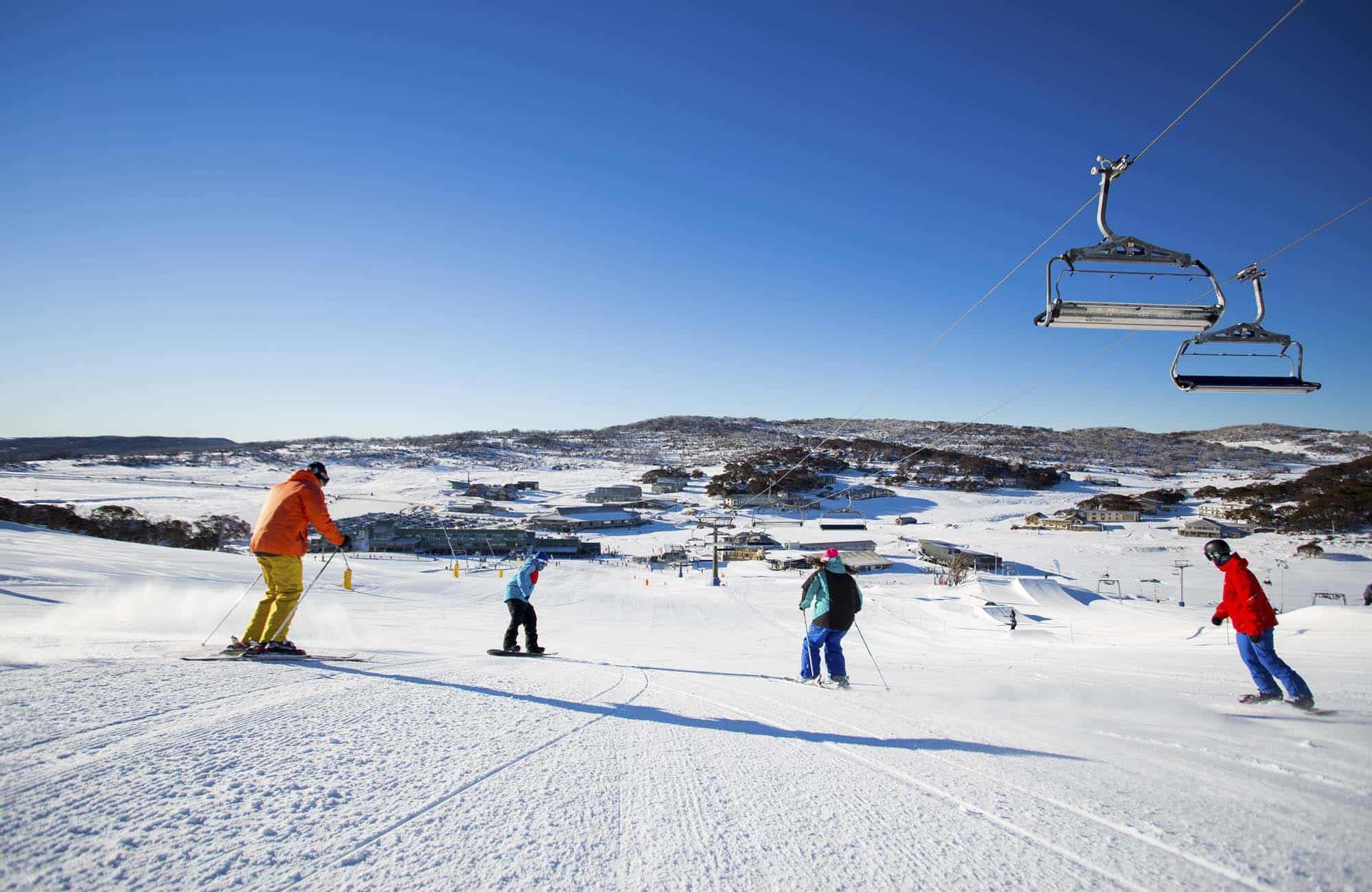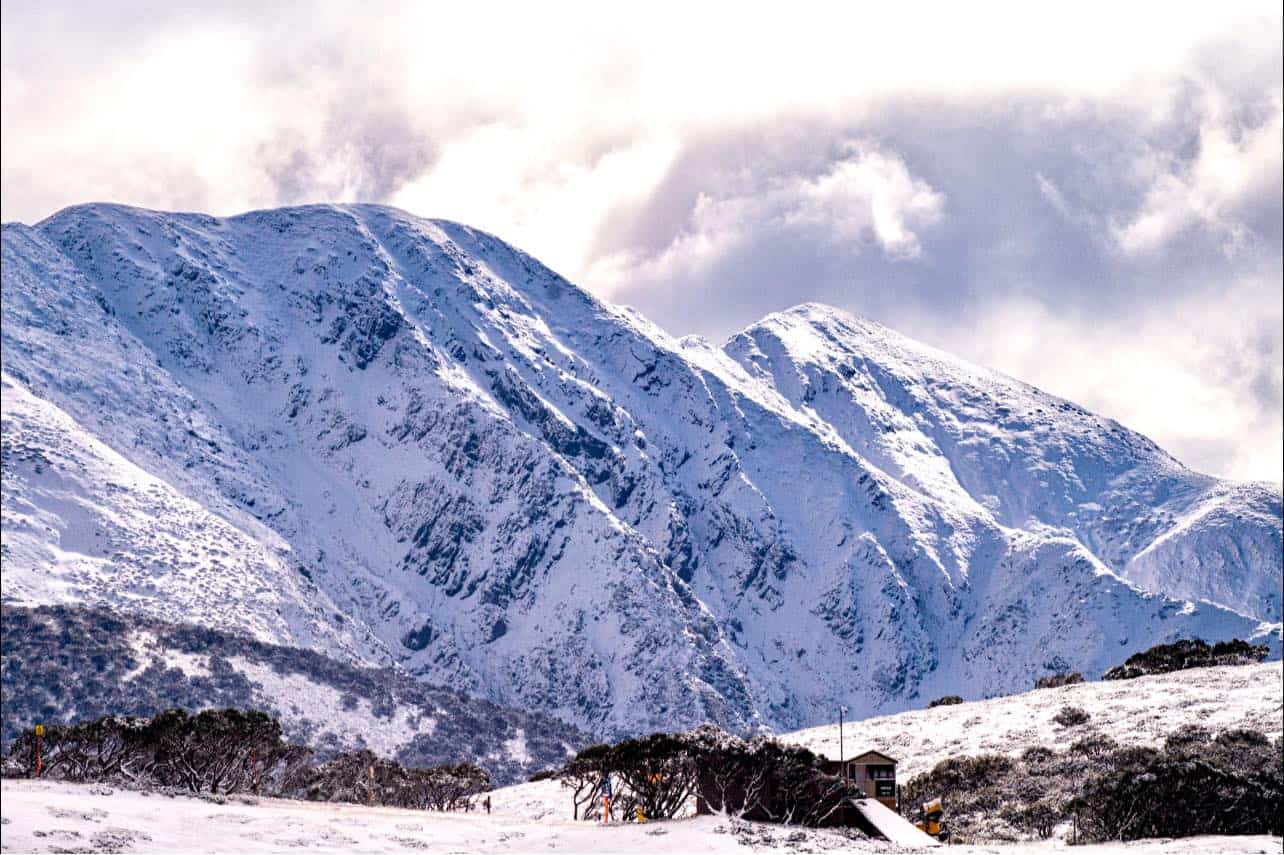Discover Why Snow In Australia is a Top Destination for Travelers
Wiki Article
The Various Sorts Of Snow in Australia and Their Effect On Winter Sports
Australia, known for its sun-soaked coastlines, is also home to a varied array of snow conditions that significantly affect wintertime sporting activities. Each kind, from the damp seaside snow to the dry interior powder, provides special difficulties and benefits for professional athletes. An understanding of these variants is important for those looking for to browse the Australian inclines, as each needs various strategies and strength. The complying with exploration will go over the implications of these snow kinds on wintertime sports performance.
Recognizing the Characteristics of Different Snow Kinds
While many presume that snow is a homogeneous entity, it is vital to understand that there are various types, each with special features. In Australia, these variations are particularly pronounced as a result of climatic diversity. Coastal snow, located in areas such as the Snowy Mountains, is normally wetter and denser as a result of high moisture content, making it suitable for snowball fights or constructing snowmen. On the various other hand, the snow found in the interior areas like the Australian Alps is drier and lighter, frequently compared to a cosy powder. These differences in snow type aren't just aesthetic; they significantly effect winter months sports, determining the convenience of movement, the speed obtainable, and the degree of control called for from athletes.The Effects of Powder Snow on Skiing and Snowboarding
In spite of its light and cosy look, powder snow in the Australian Alps offers both unique obstacles and possibilities for winter sports fanatics, particularly those taken part in skiing and snowboarding. The loose, dry nature of powder snow can initially be difficult to browse for newbies, needing cautious equilibrium and control. However, for more seasoned professionals, the soft, untracked snow supplies an electrifying experience, permitting dynamic and nimble activity. The smooth and forgiving surface of powder snow additionally lowers risk of injury during falls, making it a recommended option for severe wintertime sports. Yet, it deserves noting, the differing deepness and unpredictable nature of powder can sometimes cause concealed obstacles, calling for constant vigilance.
The Challenges and Benefits of Packed Snow in Winter Months Sports
Moving focus from the loose, completely dry powder snow, another widespread kind of snow in the Australian Alps is jam-packed snow, positioning its own collection of challenges and advantages in the realm of winter months sports. Browsing turns and regulating rate can be hard Does Australia Get Snow on stuffed snow, requiring higher skill degrees from professional athletes. Despite these difficulties, loaded snow continues to be a crucial component in many wintertime sports, shaping the efficiency and techniques of professional athletes.The Role of Damp Snow in Australian Winters Months Gamings
In comparison to the dense, slick surface area of packed snow, damp snow plays a totally different role in Australian wintertime games. Does Australia Get Snow. Its malleability makes it optimal for snow sculpting occasions and for fortifying snow frameworks in sporting activities like snow fort battles.
Exactly How Slushy Snow Affects Winter Season Sports Performance
Continuing the exploration of varying snow conditions in Australia, the effect of slushy snow on winter months sports is another intriguing aspect. Slushy snow, resulting from warmer temperature levels or direct sunlight, presents one-of-a-kind challenges to professional athletes. It decreases rate and requires boosted physical initiative as the equipment penetrates the soft, water-saturated snow. In skiing and snowboarding, slushy problems can influence the predictability of turns and jumps, increasing the risk of mishaps. For snowmobiling, the machine's efficiency might be hindered as it has a hard time to preserve grip. Therefore, slushy snow transforms the winter sporting activities landscape, requiring not just heightened physical effort from professional athletes yet additionally a higher emphasis on safety precautions.Adapting Wintertime Sports Techniques to Various Snow Conditions

Conclusion
In final thought, Australia's varied snow types significantly influence winter season sports efficiency. Each kind, from the slick seaside snow to the drier interior powder and the hefty, sticky wet snow, offers special obstacles and benefits.Moving emphasis from the loose, completely dry powder snow, an additional widespread kind of snow in the Australian Alps is packed snow, presenting its own collection of challenges and advantages in the world of winter season sporting activities - Snow In Australia.In comparison to the dense, slick surface area of stuffed snow, wet snow plays a totally different duty in Australian winter video games. Its malleability makes it perfect for snow sculpting occasions and for fortifying snow frameworks in sports like snow fort fights.Proceeding the expedition of differing snow problems in Australia, the effect of slushy snow on wintertime sporting activities is another appealing element. Each type, from the slick coastal snow to the drier indoor powder and the hefty, sticky wet snow, offers unique challenges and benefits
Report this wiki page